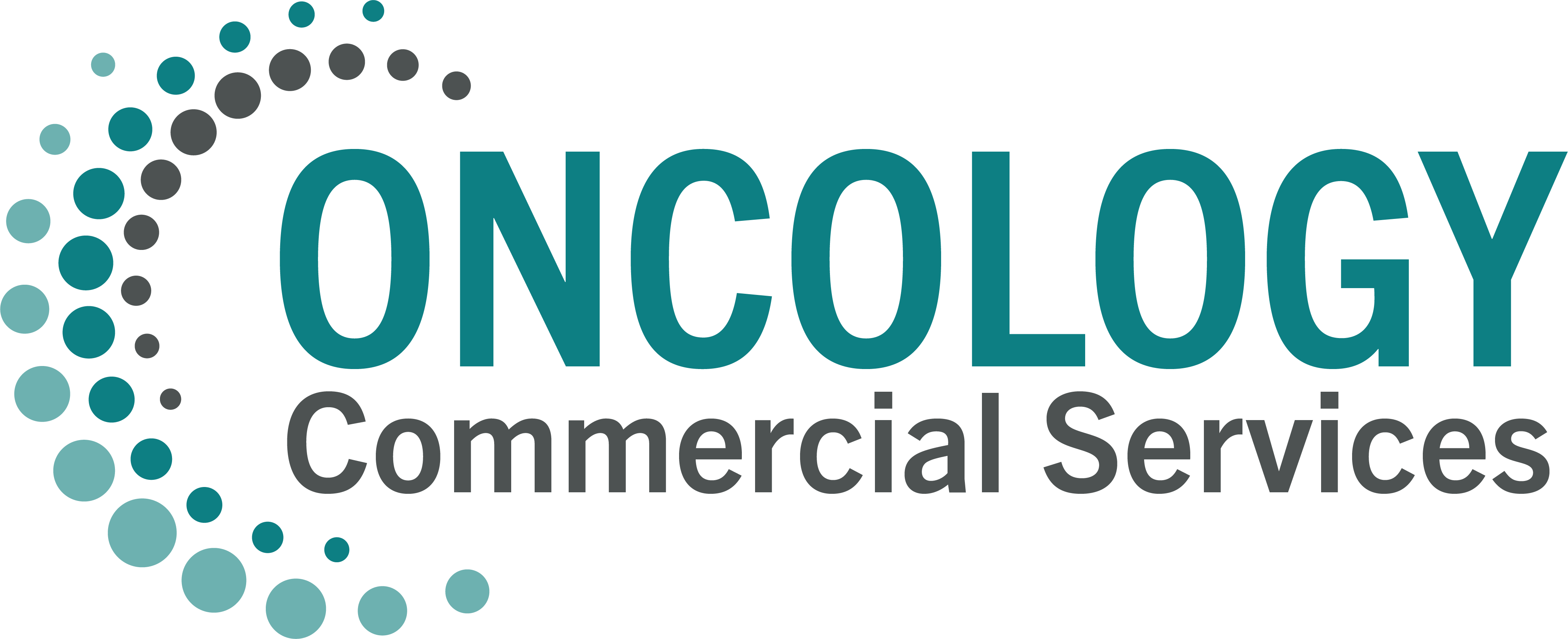
Breast cancer rates among women globally are on the rise, but new research is uncovering trends related to age and where you live that could help target prevention measures to improve the situation.
A new study published in The Lancet Global Health includes data on women from 41 countries and found that in higher income nations, including Canada, rates of breast cancer in premenopausal women are increasing, while postmenopausal breast cancer is increasing more rapidly in lower income countries.
“To our knowledge, this is the first study to investigate the global rates and trends of pre- and postmenopausal breast cancer,” says Dr. Miranda Fidler-Benaoudia, PhD, study principal investigator and member of the O’Brien Institute for Public Health at the Cumming School of Medicine (CSM).
“Distinguishing between pre- and postmenopausal breast cancer allowed us to uncover different trends, which could be important for tailoring prevention efforts and curbing the future breast cancer burden worldwide.”
Although the study provides evidence of an increase in breast cancer rates in women of all ages, the increase in premenopausal breast cancer in higher income countries is particularly concerning, says Fidler-Benaoudia, an adjunct assistant professor with the departments of Oncology and Community Health Sciences at the CSM.
Premenopausal breast cancer was significantly increasing in 20 out of 44 populations, each representing a country or an ethnic group, she studied.
The risk of developing cancer increases as a woman ages, says Fidler-Benaoudia.
Postmenopausal breast cancer risks, such as obesity and having children later in life are well studied, but risk factors for developing breast cancer when you’re young are not as well known.
“When young people get cancer, the impact on them is huge and it can lead to major repercussions later in life,” says Fidler-Benaoudia.
“For example, the current life expectancy in Canada is around 80 years, so when a person is diagnosed at 30, they could live another 50 years where they are more likely to experience major health, financial and career repercussions compared to the general population as a result of their treatment.”
Postmenopausal breast cancer is significantly increasing in 24 out of the 44 populations, most notably in countries undergoing transitions from lower to higher income status.
Fidler-Benaoudia says this could be a result of these countries adopting a more Western lifestyle that includes unhealthy behaviours that increase breast cancer risk such as lower levels of physical activity and increased alcohol consumption.
Adopting early screening procedures, which are common in higher income countries, could play a part as well, by identifying more cases early on.
“The increasing rates of postmenopausal breast cancer in lower income countries highlights opportunities for prevention,” says Dr. Hyuna Sung, PhD, a cancer epidemiologist with the American Cancer Society, and study co-author.
“We know several well-established risk factors are modifiable, including excess body weight and physical inactivity, which is encouraging for prevention efforts.”
Measuring the global breast cancer burden
Although breast cancer is thought to be a disease of the developed world, almost 50 per cent of breast cancer cases and 58 per cent of deaths occur in less developed countries, according to the World Health Organization (WHO).
The study highlights the inequities in cancer mortality worldwide, showing that about 47 per cent of women diagnosed with premenopausal breast cancer in less developed countries will die, compared to only 11 per cent per cent in the most developed countries.
Postmenopausal breast cancer saw a fatality rate of 56 per cent in less developed nations compared to 21 per cent in their more developed counterparts.
Fidler-Benaoudia says early diagnosis and access to treatment remain key to combating breast cancer in low- and middle-income countries, and that prevention efforts to decrease exposure to known risk factors for the disease must be increased globally.
“The findings from this study shows important differences in the breast cancer burden by age and point to the need for prevention initiatives such as efforts to reduce obesity and alcohol consumption, increase physical activity and breastfeeding–all of which reduce one’s risk for developing breast cancer,” says Fidler-Benaoudia.
Dr. Miranda Fidler-Benaoudia, PhD, is an epidemiologist at CancerControl Alberta, Alberta Health Services, and adjunct assistant professor in the departments of Oncology and Community Health Sciences at the University of Calgary’s Cumming School of Medicine.
She is a member of the O’Brien Institute for Public Health, Arnie Charbonneau Cancer Institute and Alberta Children’s Hospital Research Institute.
Source: University of Calgary
Credit: ecancer.org
